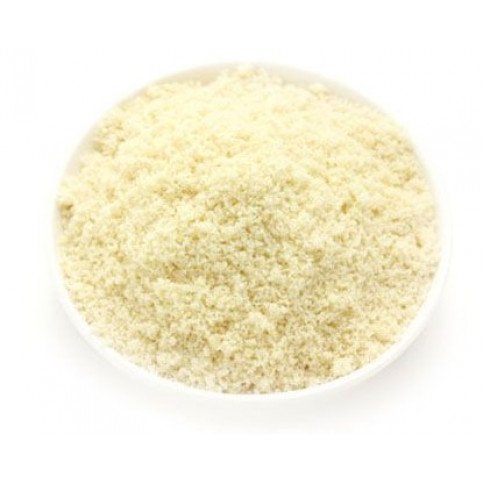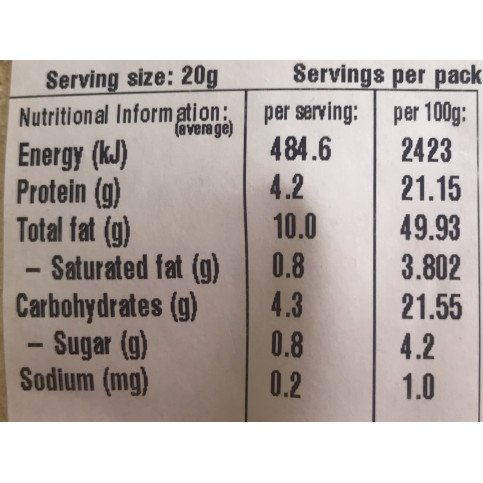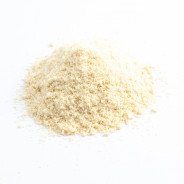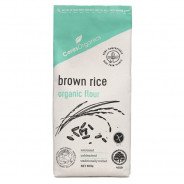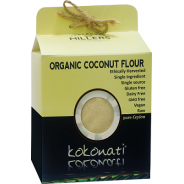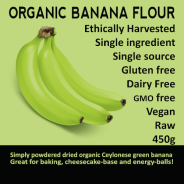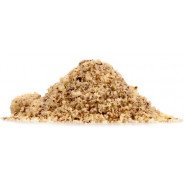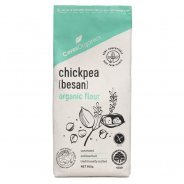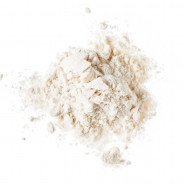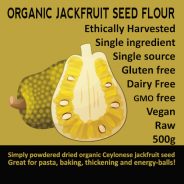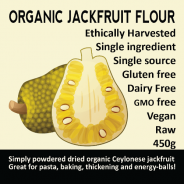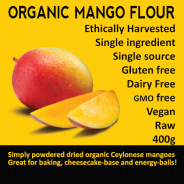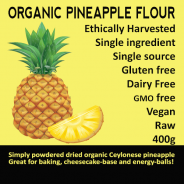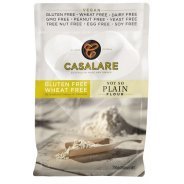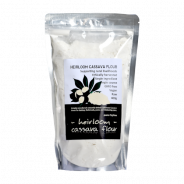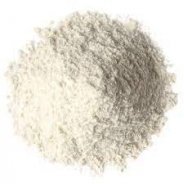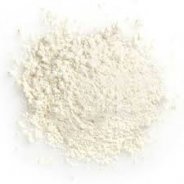Almond Flour (blanched, gluten free) - 1kg & 3kg
Available Options
- $39.95
-
$33.90
Ground Almond (flour, blanched, gluten free) - 1kg or 3kg
This premium grade, hard to come by almond flour is a fine-textured, light-coloured nut flour made from ground almonds that have been blanched to remove their papery skins. It is naturally gluten free and adds adds richness, depth and nutty flavour.Almond flour is the main ingredient in French macarons, and with its light, slightly nutty flavour it also works well in breads, muffins, cakes and slices (both raw and baked).
Ingredients: 100% Natural Almonds
Origin: USA, packed in NZ
Enjoy Me...
- Almond flour is not a 1:1 substitute for wheat flour as it is full of fat (of the healthy kind) and moisture. Typically you will need 1.5-2x the amount of almond flour when substituting it in a recipe that calls for traditional wheat flour.
- Almond flour does not contain gluten, so relies on other ingredients to hold the baking together. Many almond flour recipes require more eggs than normal or the addition of other plant based binders such ground flaxseed or chia.
- Be sure to grease the tin well, or use wax paper. Low carbohydrate goodies tend to stick more than conventional baking.
- Let your almond flour baked goods cool completely as this will improve their texture and cohesiveness. Resist the temptation to slice them up too soon as you may wind up with a heap of crumbs!
- The high fat content of almond flour also means that it will go rancid if not stored correctly. Whilst many store it in the pantry, I recommend keeping it in the refrigerator where it will keep for up to six months, or in the freezer for 12 months.
How Interesting...
- Both almond flour and almond meal are popular gluten-free ingredients - however many of us don't know the difference and attempt to use the two interchangeably. But there are a couple of subtle, yet important differences....
- Almond flour is made from blanched almonds, that have had their skins removed, which enables it to be ground more finely than almond meal. The finer the grind, the more it resembles wheat flour, (i.e. soft consistency and a dense, non-crumbly texture). It’s perhaps one of the most versatile of the gluten free flours, and works well in biscuits, cakes, and breads
- Almond meal on the other hand, contains the almond as well as the skin, so is coarser and heavier. It is also slightly darker, because of the brown flecks of skin throughout the meal. Due to its coarser texture, it works well as a breadcrumb substitute in coating meat and fish, as well as for topping vegetables, fruit crumbles and casseroles.
| Enjoy Me... | |
| 1. | Almond flour is not a 1:1 substitute for wheat flour as it is full of fat (of the healthy kind) and moisture. Typically you will need 1.5-2x the amount of almond flour when substituting it in a recipe that calls for traditional wheat flour. |
| 2. | Almond flour does not contain gluten, so relies on other ingredients to hold the baking together. Many almond flour recipes require more eggs than normal or the addition of other plant based binders such ground flaxseed or chia. |
| 3. | Be sure to grease the tin well, or use wax paper. Low carbohydrate goodies tend to stick more than conventional baking. |
| 4. | Let your almond flour baked goods cool completely as this will improve their texture and cohesiveness. Resist the temptation to slice them up too soon as you may wind up with a heap of crumbs! |
| 5. | The high fat content of almond flour also means that it will go rancid if not stored correctly. Whilst many store it in the pantry, I recommend keeping it in the refrigerator where it will keep for up to six months, or in the freezer for 12 months. |
| How Interesting... | |
| 1. | Both almond flour and almond meal are popular gluten-free ingredients - however many of us don't know the difference and attempt to use the two interchangeably. But there are a couple of subtle, yet important differences.... |
| a) | Almond flour is made from blanched almonds, that have had their skins removed, which enables it to be ground more finely than almond meal. The finer the grind, the more it resembles wheat flour, (i.e. soft consistency and a dense, non-crumbly texture). It’s perhaps one of the most versatile of the gluten free flours, and works well in biscuits, cakes, and breads |
| b) | Almond meal on the other hand, contains the almond as well as the skin, so is coarser and heavier. It is also slightly darker, because of the brown flecks of skin throughout the meal. Due to its coarser texture, it works well as a breadcrumb substitute in coating meat and fish, as well as for topping vegetables, fruit crumbles and casseroles. |
